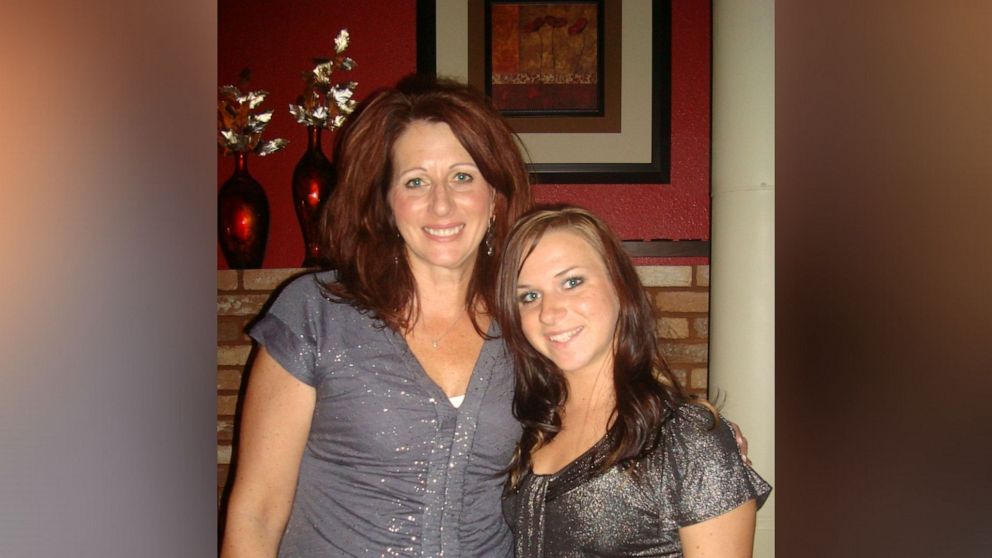Mom fights to bring pregnant daughter's killer to justice 8 years after she disappeared
It’s been over eight years since Laura Saxton’s 21-year-old pregnant daughter Kelsie Schelling vanished. Saxton still doesn’t have all the answers she’s searched tirelessly for.
From the moment she realized Schelling was missing, Saxton led the fight to find her daughter. She questioned her daughter’s boyfriend Donthe Lucas on the phone herself, organized community searches as the case went cold and followed up on leads through the “Help Find Kelsie” Facebook page -- including one that claimed the young expectant mother was still alive.
“Now that she is gone, I’ve had to turn into a fighter,” Saxton told “20/20.”
When the time came, Saxton even took the stand against her daughter’s killer. Though Lucas has been sentenced to life behind bars for her murder, the exact location of Schelling’s remains have not been revealed and Saxton still hasn’t been able to lay her to rest.
“I'm never going to recover without getting her back,” Saxton said. “I still have nowhere to go to take her flowers, to go sit and talk with her, take her balloons on her birthday, go to her on the holidays. I have nothing. Donthe took that away from me.”
Watch the full story on "20/20" FRIDAY at 9 p.m. ET on ABC.
Schelling and Lucas met at Northeastern Junior College in 2010. They dated on and off while there, and after two years, they both decided to leave the school. During the holiday season in 2012, Schelling surprised her family with news that she was pregnant.
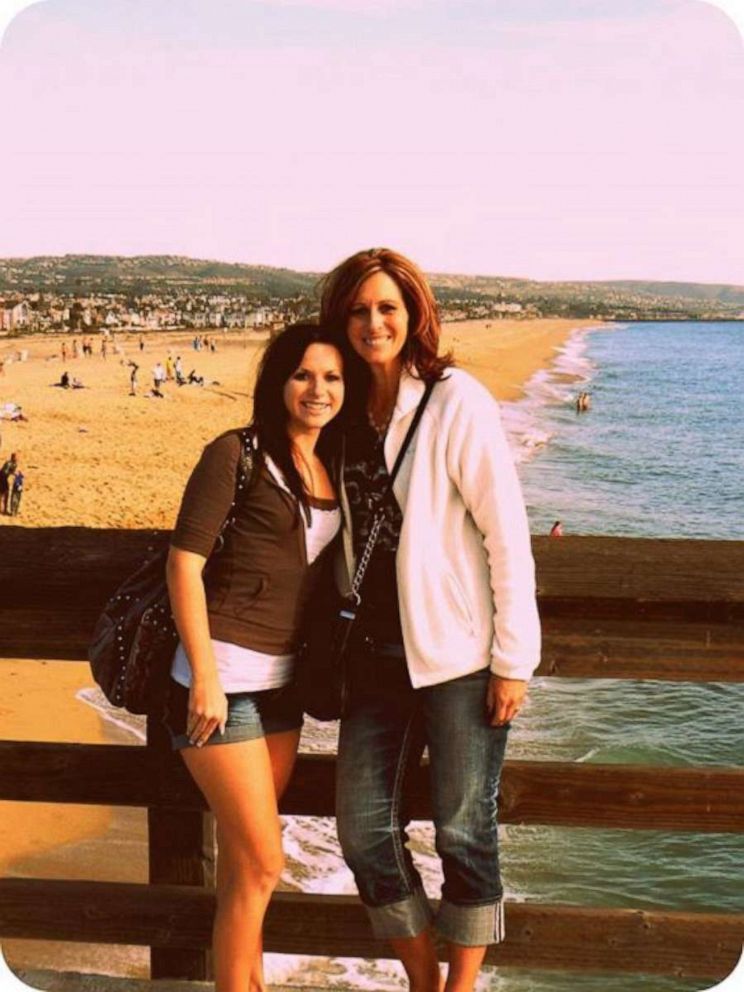
“I will support you whether Donthe is in the picture or not in the picture. It’s going to be OK,” Saxton said she told her daughter. “She was happy. She wanted that baby. She wanted to be a mom.”
Schelling’s friends said they remembered her relationship with Lucas was often tumultuous, with the two constantly fighting and making up -- then the unthinkable happened.
On Feb. 3 2013, text message records show Lucas had tried to convince Schelling to drive from Denver to his hometown of Pueblo, Colorado, to receive a “surprise” gift.
“I don’t want to fight at all, I want to give you this,” he wrote. “Just wait and see for yourself, you probably wouldn’t believe me if I told you anyway, so you can see for yourself.”
Schelling left work shortly after 8:40 p.m. and drove two hours to see Lucas in Pueblo. Text messages show he first instructed her to go to a specific Walmart on the south side of town. Then, at 11:10 p.m., he told her to go to another location near his grandmother’s house.
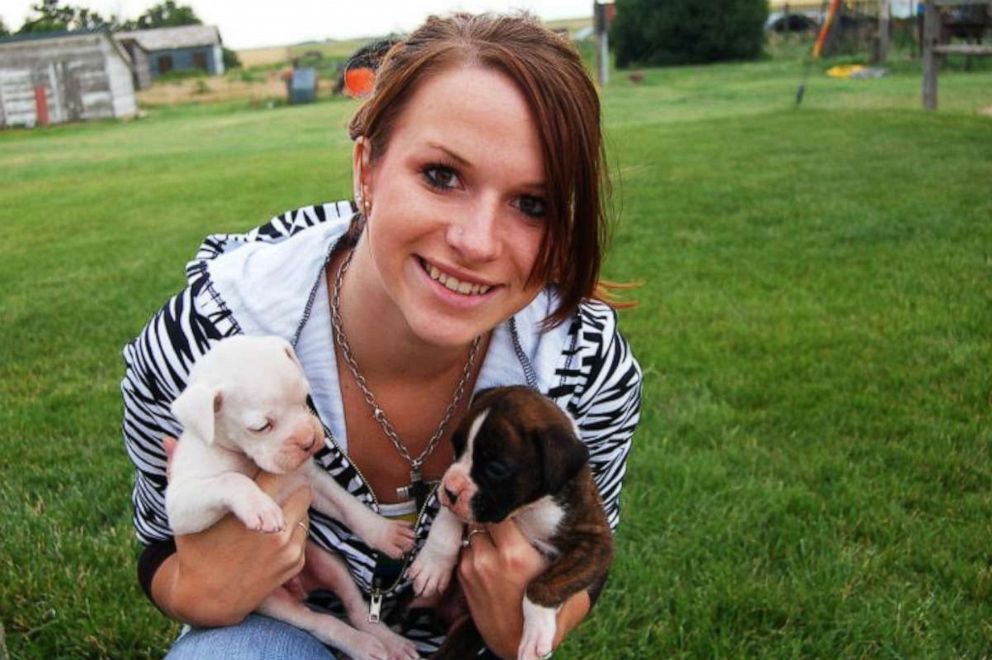
Her last confirmed text message was sent to Lucas at 11:18 p.m. It said, “Where are you? I’ve been here over an hour just waiting.”
Schelling didn’t show up to work on Feb. 5, and a worried co-worker tried calling her. The co-worker received a text message, supposedly from Schelling, saying she wasn’t having the baby anymore because “it was growing in the wrong place.”
The next day, Schelling’s father tried to get in touch with her and received a strange text waving him off. By Feb. 7, Saxton said her calls to Schelling were going directly to voicemail.
In the following days, her parents and friends said Schelling’s texts continued to contain uncharacteristic punctuation and curt responses. They began to suspect the text messages weren’t coming from Schelling at all.
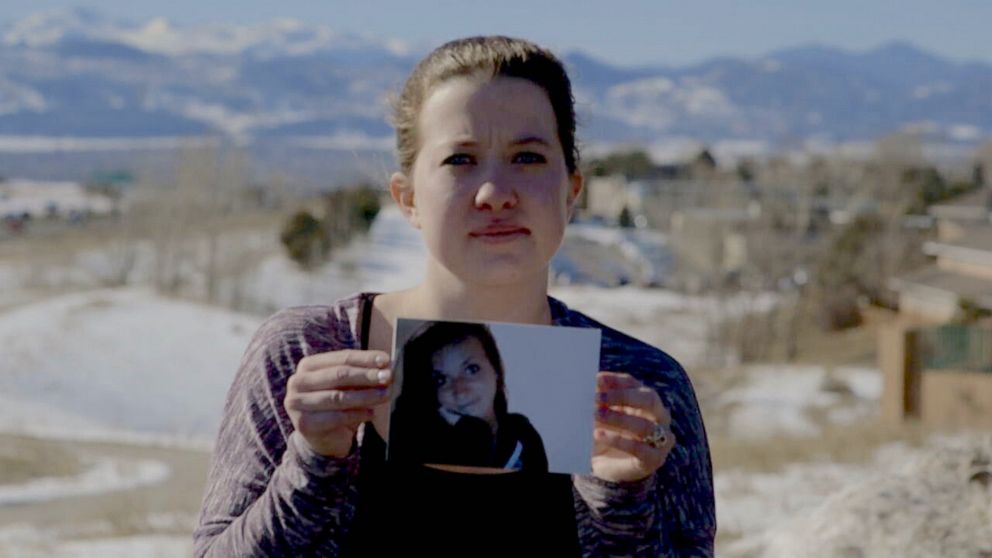
“Something is wrong”
Four days passed after Schelling drove to Pueblo on the night of Feb. 4. That Saturday morning, Saxton said her “whole world just unraveled.”
“All of her friends started contacting us saying, ‘We've been trying to reach Kelsie and we can't reach her,’” Saxton said. “I called Doug, her dad… We all drove up to Denver that day, went into the apartment. There was no sign of her in the apartment, and that's when we called the Denver police.”
Saxton called Lucas, asking if he knew anything about her daughter’s disappearance.

“He just says, ‘If I hear from her, I'll let you know,’” Saxton said. “A little bit later, he got back with me. He said, ‘I heard from Kelsie. She called from a private number. She said she doesn't have her phone, and she said she'll be getting ahold of you.’”
Saxton said she asked him to track the number and that he said he would, but, “of course, he never did,” Saxton said.
When police questioned Lucas, he told them that the morning after they met, he took Schelling to the Parkview Medical Center and hinted she had a miscarriage there. The Parkview Medical Center, however, did not have any record of Schelling’s supposed visit.
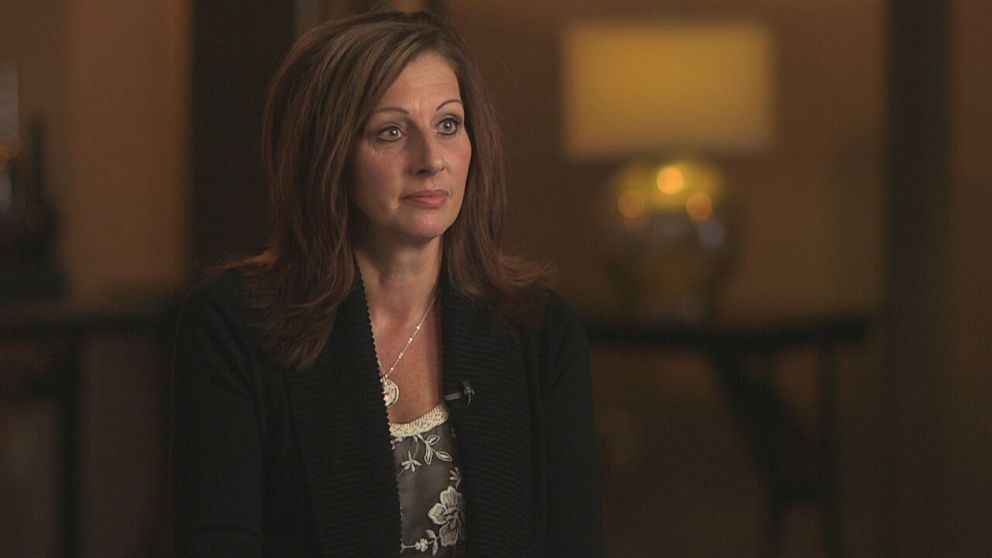
Moreover, only a day earlier in Denver, Schelling's doctor had told her that the baby was healthy.
Lucas also told police that he and Schelling went to the Walmart to get snacks before she made the drive back to Denver. But surveillance video showed an entirely different story.
On Feb. 5, Lucas said the two of them were together, but video from the Walmart cameras show only one person, who police believe was Lucas, getting out of the car. Eighteen hours later, an unknown man is seen getting in the car and driving away. Police could not definitively say he was Lucas.
Schelling’s car was discovered more than a week after her disappearance without a trace of the young expectant mom.
“I knew once her car was found that something horrible had happened, because there's just no way that she would've gone somewhere and left her car,” Saxton said.
Suspecting foul play, police accelerated the investigation. Police found surveillance video showing Lucas driving her car at an ATM 12 hours after Schelling arrived in Pueblo. They found out that he’d withdrawn $400 from her bank account.
Lucas was arrested on Feb. 15, 2013 for felony identity theft for using Schelling’s debit card. Those charges were later dropped when investigators found out that she would sometimes give him permission to use her bank card, and he was released.
As Kelsie Schelling’s case turns cold, mom is targeted in extortion plot
Saxton rallied the Pueblo community and led her own searches for her missing daughter around the city. She regularly made the 220-mile drive from her home in rural Yuma, Colorado, to Pueblo. They never found anything on those searches. Months turned to years without answers.
“It’s getting harder to come back, I dread the trips but I know I have to do it,” she said.
No one had been charged two years after Schelling disappeared and, because authorities had not found a body, it was still classified as a missing persons case.
“Without a body or any direct evidence that tells us something happened to her, [changing the case] to a homicide, it may happen one day, but right now we haven't had any evidence to reclassify it,” former deputy Pueblo police chief Andy McLachlan said.
Schelling’s family offered $50,000 for information about her disappearance and set up a Facebook page called “Help Find Kelsie.”
Then in October 2015, Saxton had a new possible lead. She received a Facebook message from a person who claimed to be a woman but wanted to remain anonymous, and claimed to have information about Schelling’s disappearance. She claimed Schelling was alive.
“What if she is still out there somewhere?” Saxton said.
Saxton said the messenger told her Lucas had sold her daughter into sex trafficking.
“It’s really hard to find words to use for it, because it’s so awful. It made me sick. I mean, I could barely function.”
The messenger claimed they needed $50,000 in cash to help Schelling escape.
They instructed Saxton to bring the money to a specific McDonald’s restaurant in Vancouver, Washington, and to hand deliver it to a person named “Marcus” who would be wearing a red hat.
“Once the money was exchanged, then this courier person would go and get Kelsie and bring her back to the McDonald’s,” Saxton said of the instructions she received. “I just thought, ‘What if she’s been out there and I could’ve found her and we haven’t?’”
Strangely enough, around the same time, the family of another missing woman 1,200 miles away in Portsmouth, Ohio, had been receiving similar messages.
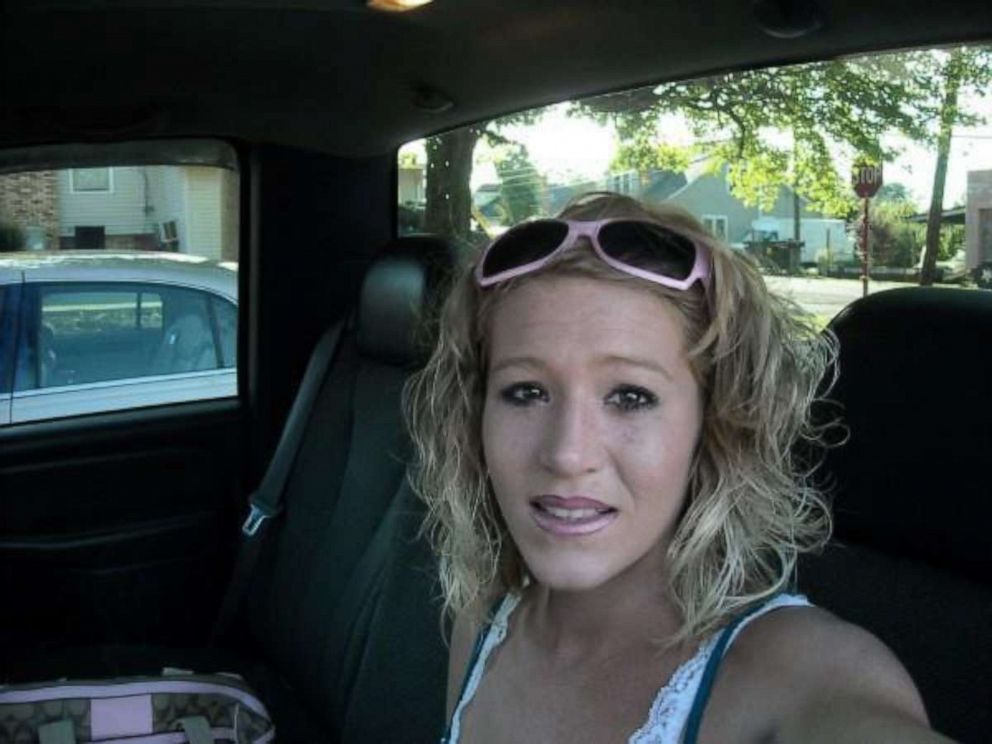
Megan Lancaster, then 25, had disappeared just months after Schelling. Her family also received a message from someone who claimed to know where Lancaster was. They asked the family to deliver $50,000 in cash to the same McDonalds in Vancouver, where a man named “Marcus” wearing a red hat would be waiting.
Saxton never met with “Marcus” at the McDonalds after Vancouver Police backed out of their involvement, believing it to be a scam. However, Kadie, Megan Lancaster’s sister-in-law, did make her meeting.
The person sending the messages “says ‘I know where Megan is. And I can get her back,’” Kadie Lancaster told “20/20.” “What if he really does have her and I can bring her home?”
“20/20” was there when “Marcus” went to collect the cash in 2015 -- with Lancaster and an undercover reporter using a hidden camera and microphone.
The man claimed he was lured online into a supposed jewelry venture, and that he was told to pick up the money and wire it to someone he’d never met.
“I have no idea about no Megan or no kidnapping or anything like that,” the man told “20/20.” “I had no clue anybody was supposed to be exchanging nothing for a human being… If I did know, I would not have been involved in this situation.”
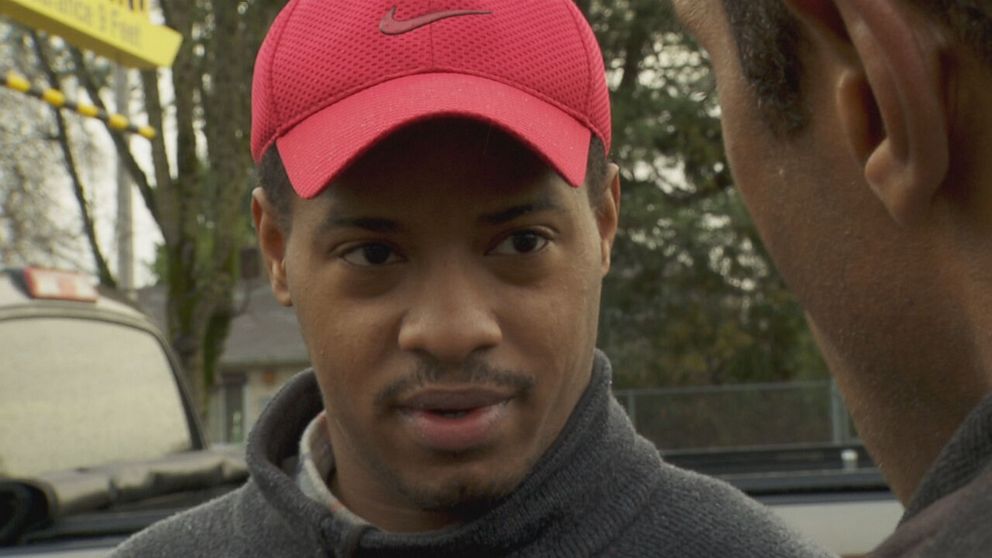
Former FBI agent and ABC News contributor Brad Garrett said Marcus’ story aligns with how many other scams work.
“In most scams, they're compartmentalized,” Garrett said. “The person you may send to pick up the cash at a particular location may know nothing about what the scam is.”
Emails the messenger had sent proved to be untraceable and an FBI analysis of their Facebook page revealed they used an IP address in Russia.
“I'm really grateful to know that we know the answer,” Saxton said. “That's just 100% clarification that some dirt bags out there are trying to get money off of these poor families.”
Kelsie Schelling’s suspected killer falls in love with woman seeking information on case
Lauren Suhr, a young single mother who didn’t know Kelsie Schelling or her family, was so moved by Schelling’s story that she decided she would try to get information on Schelling, on her own initiative, from Donthe Lucas.
“As a mom, I couldn’t even begin to fathom knowing that your child’s out there or not out there,” Suhr told “20/20” in an exclusive interview. Suhr said the “plan was basically just to kind of befriend him, get to know him, try and meet him, see what his family was like, see if I could get him to talk about anything.”
Suhr messaged Lucas on Facebook saying she was new to the Pueblo area and that she was looking to meet new people. Over the course of the following weeks, she became close with Lucas and had the opportunity to speak with him about Schelling’s disappearance.
“One minute, he had no involvement. [He said] that [she] was his best friend and he had nothing to do with it, and then he would just shut down and start crying hysterically and get upset,” Suhr said.

Then, Suhr said something unexpected happened with Lucas: her undercover relationship with him blossomed into romance.
“I felt like he did genuinely develop feelings for me and did genuinely fall in love with me. I felt like I got to see a side of him that maybe most people didn’t,” she said. “He has this way about him that makes you feel so sorry for him. He comes off so lost and hurt. In the back of my mind, I always kept that he is potentially a murderer.”
She said they dated for a year when, on his porch, he started hyperventilating and crying. Then, he proposed to her. She said she’d have to think about it and drove home.
“At that point I was kind of done,” Suhr said. “I felt like I was [in] pretty deep. Deeper than I think I ever wanted to be... I didn't want to get in any deeper than I had already gotten into.”
Suhr said she never fell in love with Lucas and never saw him again, only reaching out to him to tell him she was ending their relationship.
Investigators move in on Donthe Lucas before he flees
In May 2016, just after “20/20” covered Schelling’s case, Pueblo Police Capt. Eric Bravo took over the case with the help of Colorado Bureau of Investigation (CBI) agent Kevin Torres. Law enforcement finally turned Schelling’s missing persons case into a criminal case.
They quickly learned about Lucas’ relationship with Suhr, and a crucial bit of information that he had revealed to her. Suhr said Lucas had lied to police when he claimed he was with Schelling in her car after the evening of Feb. 4, 2013 -- he had moved her car himself, Suhr said.
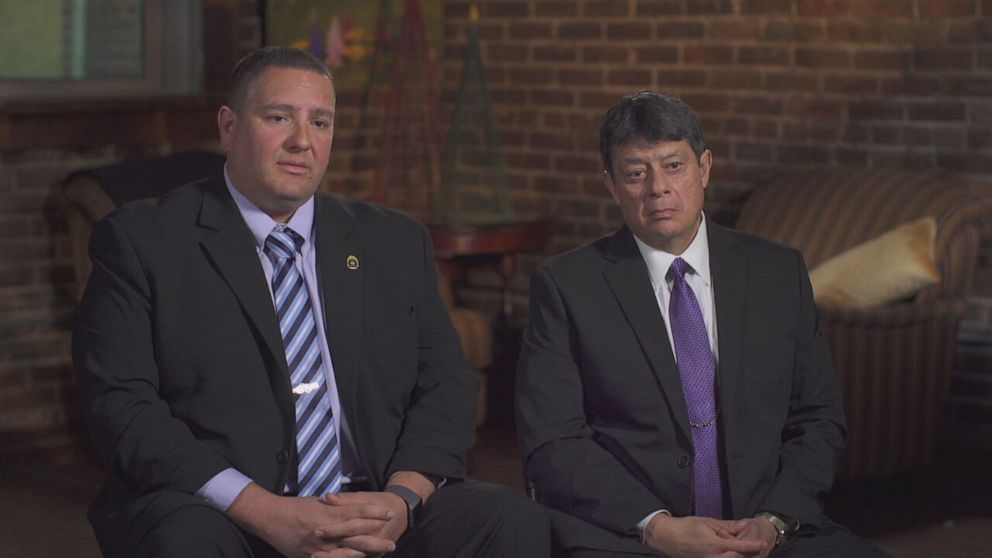
“She confirmed for us… Donthe admitt[ed] it was him in the Walmart surveillance video that [he] had dropped Kelsie's car off and then returned the next day and picked it up,” Torres said. “She also informed us that Donthe admitted to her to being the one on the video dropping Kelsie's car off at [the] hospital.”
In late 2017, there was another huge development. A man in Pueblo reported that Lucas and his family members had attacked him in front of the Lucas family home and stolen $1,000 from him.
Weeks passed until police learned they needed to move quickly to catch Lucas.
“I had information that Donthe was leaving Pueblo with members of his family and was heading to [Denver International Airport],” Pueblo County District Attorney Jeff Chostner said. “[That was] where he seemingly intended to board a flight to Tucson, and the concern was once he got to Arizona that he may take other efforts to meet friends in Mexico.”
Police decided then that they would write an arrest warrant for the robbery to catch him before he left town.
“It was tense because the time was ticking away, and the tires were turning on the road,” Chostner said. “Donthe was found at DIA. He was within 20 minutes of getting on a plane for Tucson, Arizona, when he was arrested.”
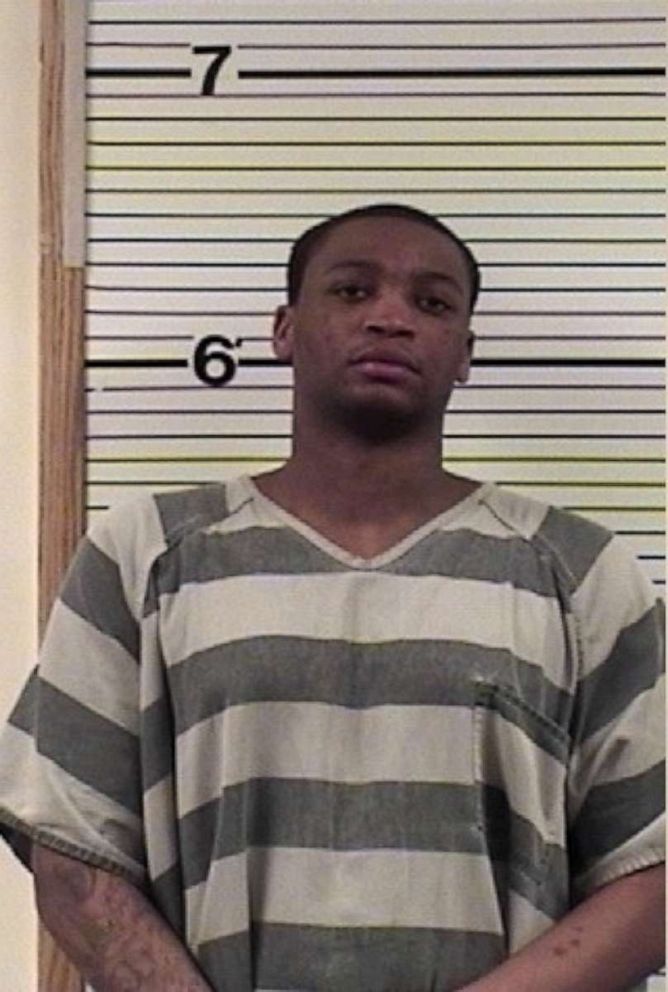
While in custody, Lucas admitted to police that he picked up Schelling’s car and dropped it off at the hospital.
Authorities reviewed that admission, along with text message records, surveillance video and 60,000 pages of investigative material to determine whether there was enough evidence to prosecute Lucas.
“I deliberated on it and I looked at the practicalities of it,” Chostner said. “At the end of the day, I said, ‘I think we have enough here to go forward. I ethically believe that Donthe Lucas killed Kelsie Schelling, and I think we have the evidence to prove it.’”
Donthe Lucas is arrested and charged with pregnant girlfriend’s murder
On Dec. 1, 2017, two weeks after his arrest for the robbery, Lucas was arrested and charged with first degree murder. It was years before he went to trial for Schelling’s murder.
His trial began Feb. 3, 2021.
The prosecution argued that Lucas didn’t want his pregnant girlfriend to have their unborn baby, so he plotted and killed her before it could happen.
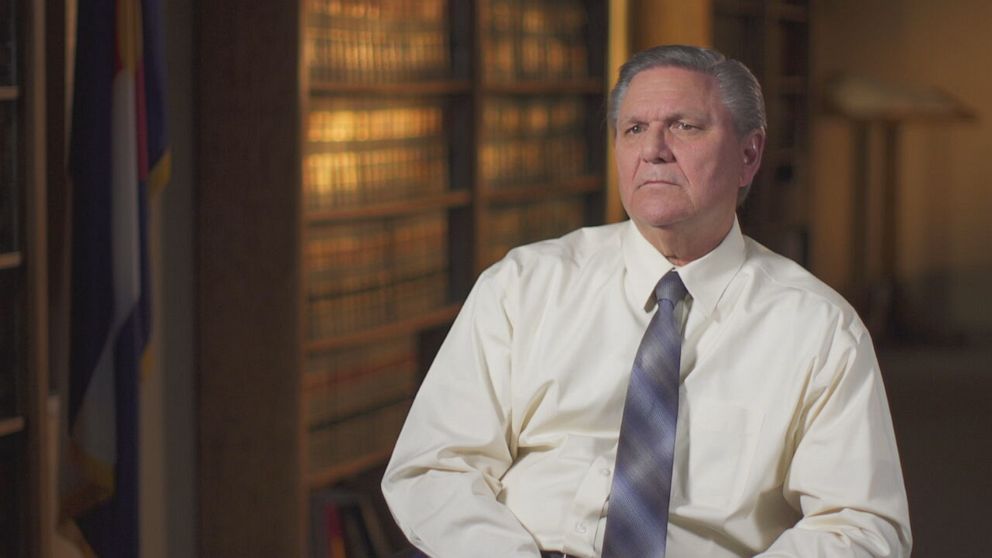
One of the crucial pieces of evidence was Lucas’ text messages, which the prosecution argued showed his intent and plan to lure her to Pueblo.
“We know that that's his phone. He admitted to those text messages,” Pueblo Assistant District Attorney Kyle McCarthy said. “We know that that's his thoughts and feelings about it. That's direct evidence.”
The prosecution also used surveillance video of Lucas alone at the Walmart and cell phone data showing his location indicated he had been driving in Schelling’s car after she vanished.
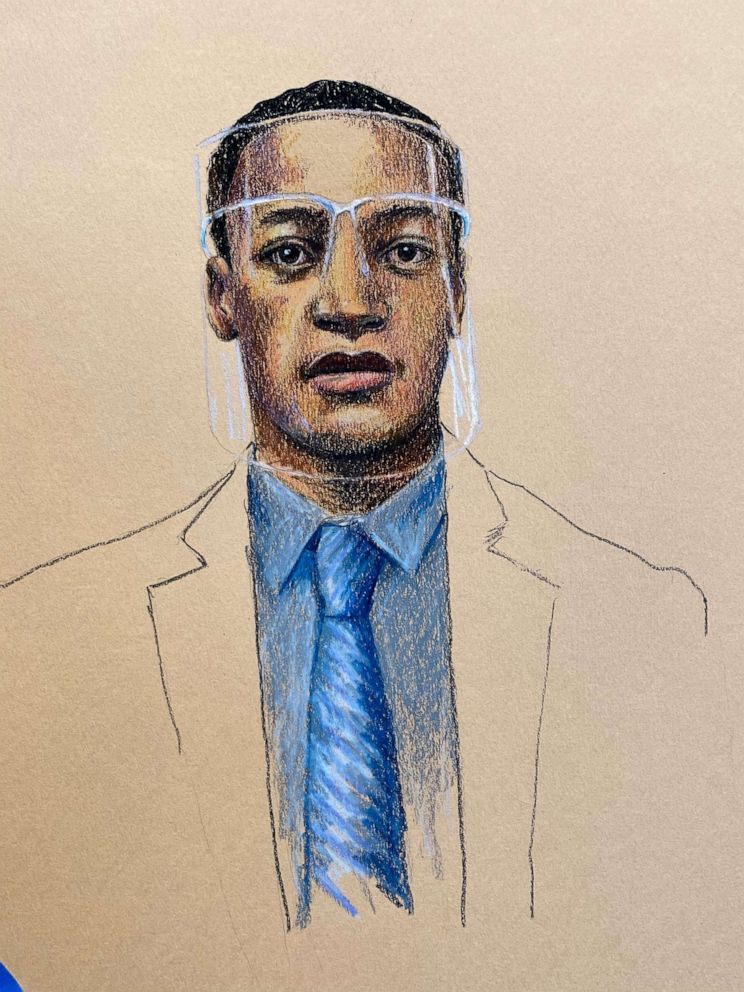
The defense argued it was a missing persons case. Without a crime scene, murder weapon or body, how could the jury be convinced this was murder, and that Lucas was responsible?
“Well, there certainly were evidentiary problems,” Chostner said. “We did not have a body that would've told us location… No modus operandi of how she died. We didn't have any of that.”
Saxton was the first witness to testify. She gave an emotional and powerful testimony emphasizing to the jury her daughter Kelsie really wanted to have her child.
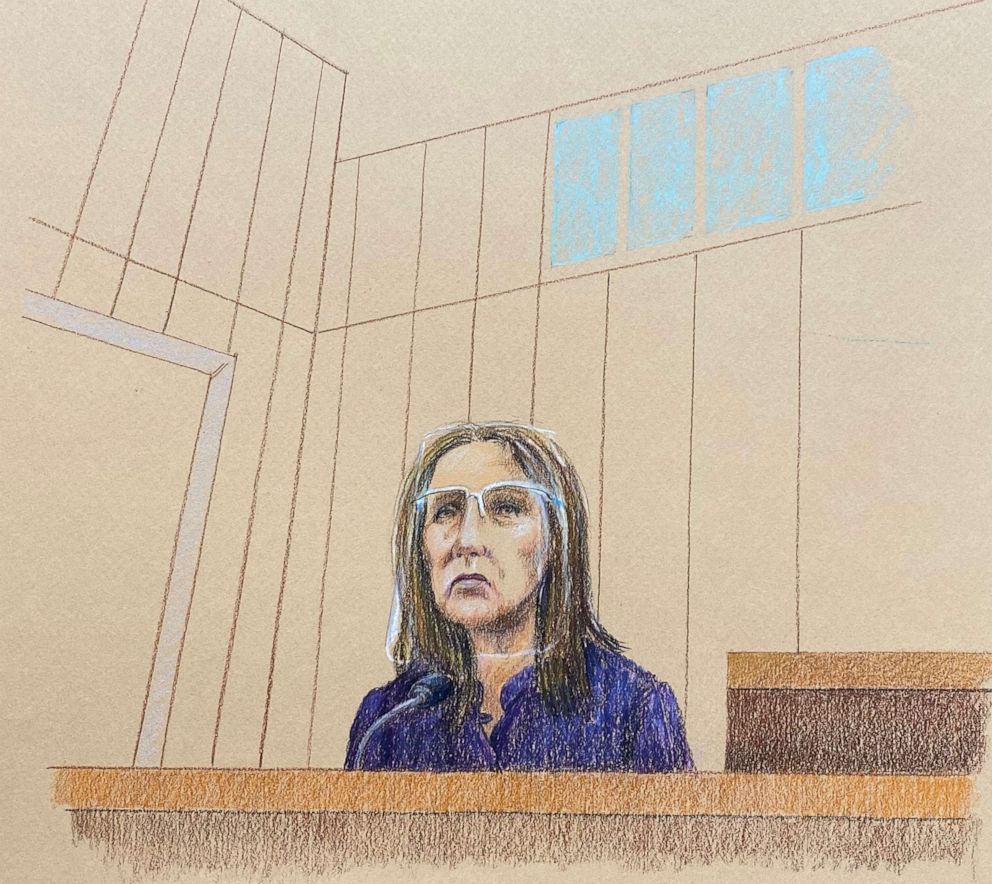
Ryan Rivera, a former Pueblo County Jail inmate and a friend of Lucas, also testified.
So-called “jailhouse snitches” are often considered to be not credible as jurors often ask what that witness may have received in return for testifying.
However McCarthy said, “there was no deals made about charges he would get to plead to, time he would get to serve. There was no deals like that.”
Rivera said that Lucas once told him while they were about to play a game of cards that investigators would never find Schelling's body. He said Lucas confessed to the killing.
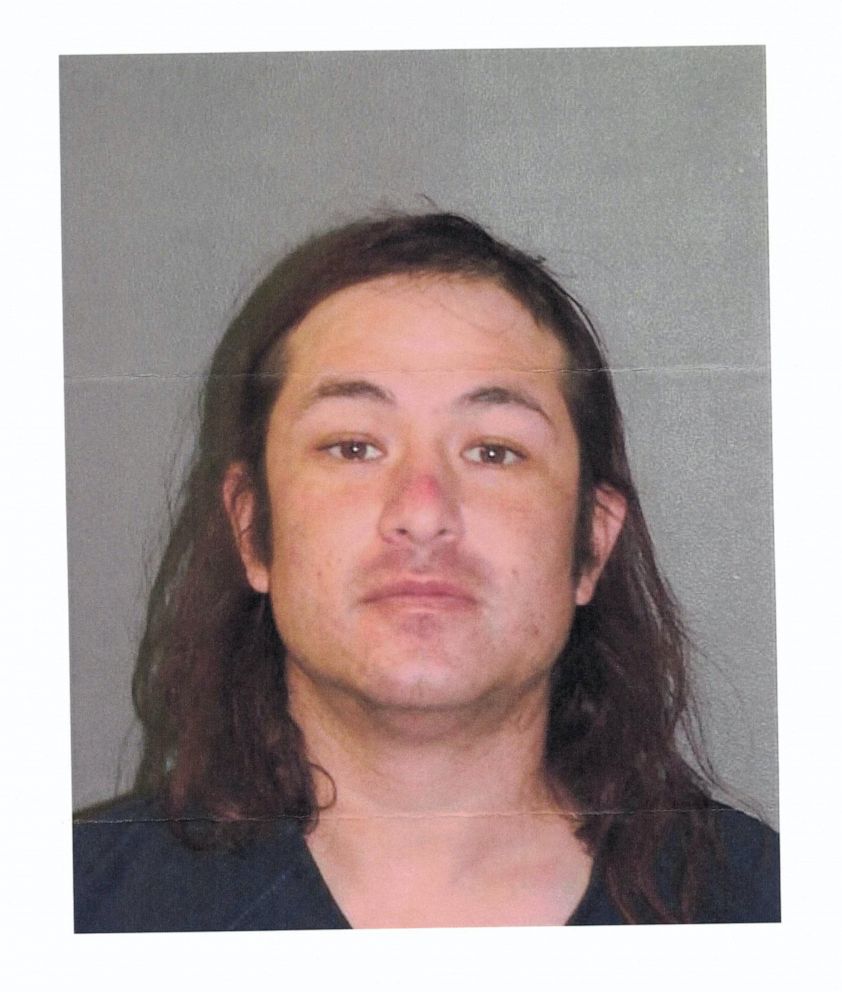
Some of Schelling’s close friends also testified that Lucas was abusive. Prosecutors also argued Lucas constantly used Schelling for money, her apartment in Denver and her car, claims the defense didn’t deny.
The defense pushed a narrative that Schelling was addicted to drugs. They alleged that when she left Lucas at the Walmart, she was going to meet up with a drug dealer.
“There's no single person other than the defendant in 2017, who's saying that [Schelling] was into drugs and that she was a party girl,” McCarthy said.
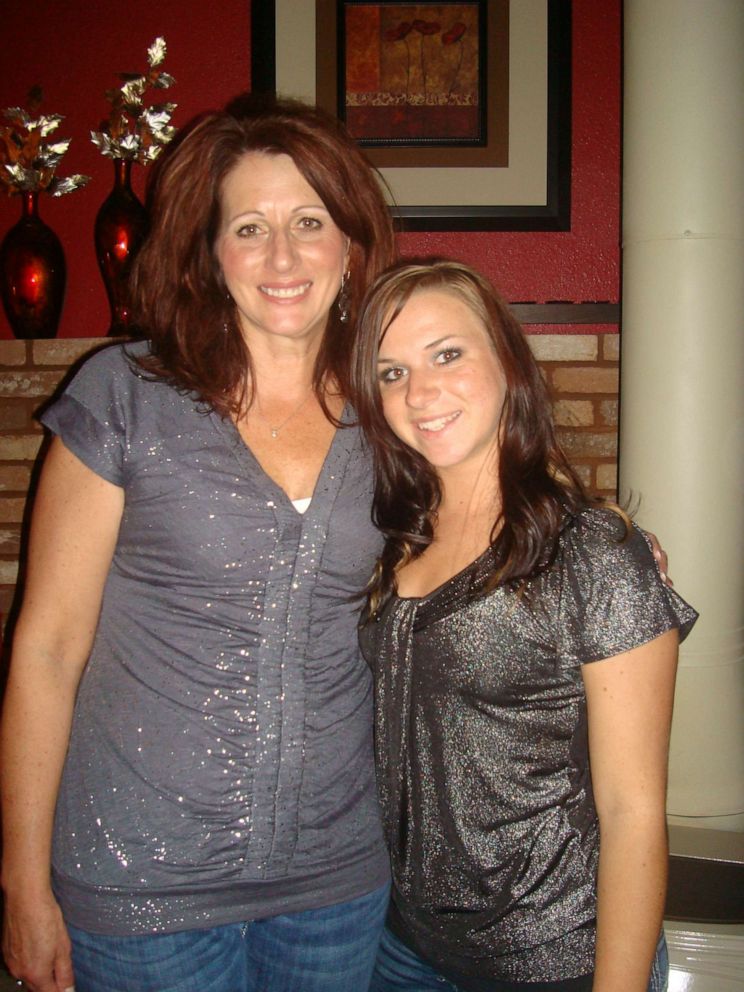
On Feb. 25, 2021, 31-year-old Roxann Martinez was preparing to testify for the prosecution when she was shot and killed.
Although some initially believed it seemed suspicious that Martinez died just before her testimony, investigators determined the shooting was completely unrelated to the trial. Emmanuel Chandler, then 29, turned himself in for the crime and has not yet entered a plea.. No one but the investigators knew what Martinez was planning to say in her testimony.
However, “20/20” learned that in March 2013, a woman named Roxann Wilkins reached out to Schelling’s mother through the Facebook page, saying she used to date Lucas and he had confessed to her that he killed Schelling and where her body was. They planned to meet but at the last minute, Wilkins told Saxton she was in the hospital and could not come. Prosecutors confirmed that Wilkins and Martinez were the same person.
Michelle Chostner, the lead prosecutor in Schelling’s case, confirmed that investigators interviewed Martinez but could not comment on anything that wasn’t admitted in trial.
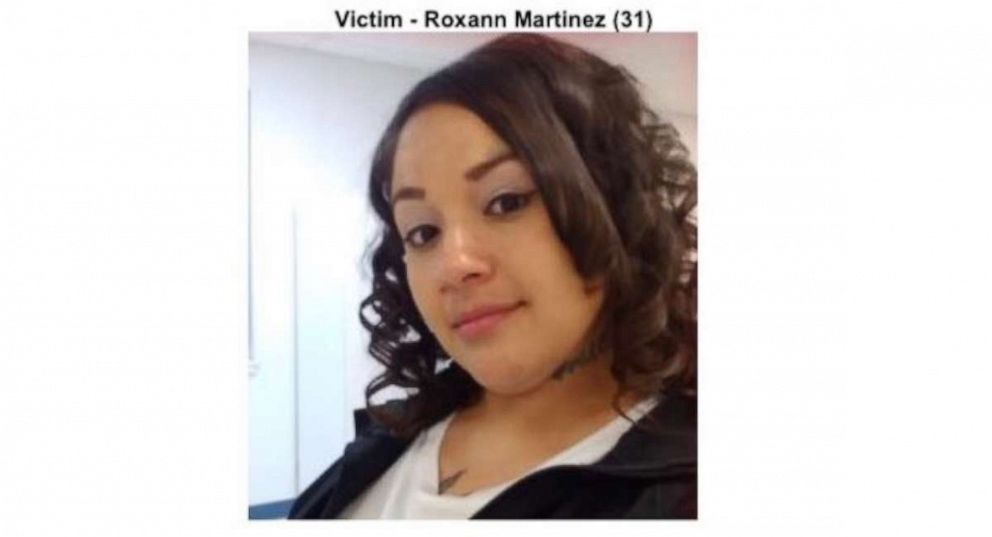
Yet, there was still someone else who said Lucas had confessed vital information: Lauren Suhr.
“I know that my testimony could potentially help take him down, and that was realistically why I wanted to testify,” she said.
Suhr testified that Lucas had admitted to her that he was the mysterious figure seen picking up Schelling’s car after it sat overnight in a Walmart parking lot and that he had also dropped the car off at the hospital.
Then, prosecutors played Lucas’ interrogation tape for the jury.
“The clip that I played at the beginning of my closing was his phrase to detectives. ‘I lied from the jump. I moved the car,’” Chostner said. “Obviously it's an important piece of evidence that he moved the car because it shows he's covering up the crime. But more importantly, I wanted the jury to hear the defendant, in his own words, say, ‘I lied.’”
Jury in Kelsie Schelling case returns a speedy decision
After 13 days of trial, the defense surprised many when they announced they would not call any witnesses and immediately rested their case.
“The burden of proof is on the government,” former Pueblo public defender Lisa Wayne told “20/20.” “So it's simply messaging in a very strong way to the jury, ‘They haven't done it. It's not guilty.’ So it's a strong message.”
It was now up to the jury to make a decision.
“It was like standing on the precipice of a cliff and looking down,” Chostner said. “It was scary. But I guess the relief I had knowing that it was a quick verdict, was that even if it didn't come out in our favor, this question has been decided for the community. And even if it's not the answer I wanted, the community heard it and they know what happened.”
The jury reached a unanimous decision on their first vote, a juror later revealed to “20/20.”
Lucas was found guilty of first-degree murder in connection to the death or disappearance of Schelling. He was sentenced immediately after the verdict by the judge to life in prison without parole.
“It was just so emotional for everybody, for both sides,” Saxton said. “I mean, it's a sad story. It's a sad situation that didn't have to end up like this if he had just let her come home.”
Remembering Kelsie Schelling
Though Schelling’s family got the verdict they wanted, they were still unable to bring her home for a proper burial.
“Since the trial is over, and Kelsie still hasn't been found I've just felt very, very lost and very empty,” Saxton said in the week following the trial.
“I grabbed my mother very tight and held her very close,” Kelsie’s brother, Colby Schelling, said. “I was holding onto my dad’s hand. Even thinking about it now that we have the guilty verdict, [there is] just so much still to do to find Kelsie and bring her back to the family.”

During the trial, investigators had revealed troubling information about Schelling’s possible whereabouts.
“We received the information from the Pueblo landfill that there was some video evidence of a vehicle being there. You couldn't see what kind of vehicle, you couldn't tell who was in the car,” Pueblo police Capt. Eric Bravo said. “Their lock to their front gate into the dump had been tampered with.”
“It caught my attention when I grabbed the lock in my hand, and I said, ‘Well, somebody tried to get in here overnight,’” Guadalupe Maestas, a worker at the landfill, told “20/20.” “That’s what came to my mind right away.”
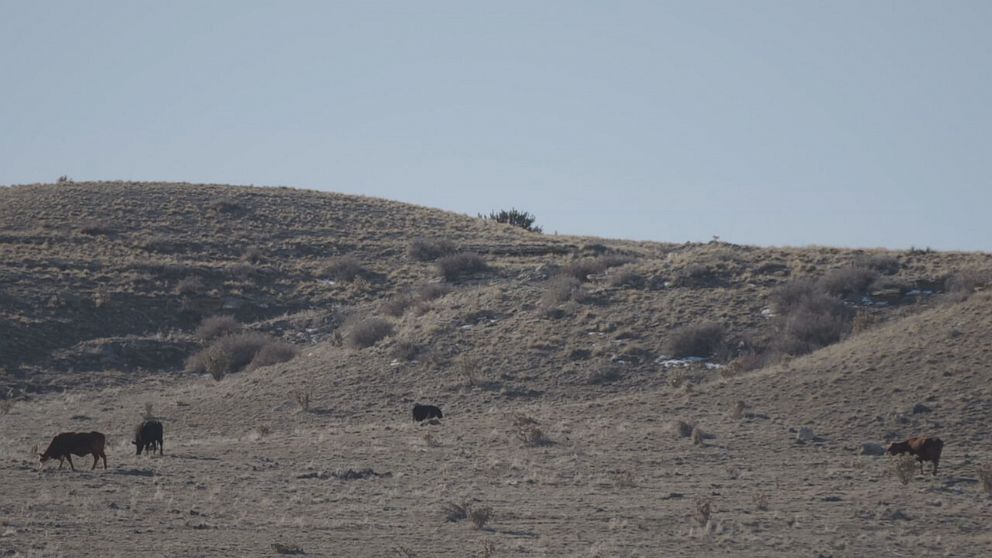
Police say that Lucas’ cell phone data shows he could’ve been at the landfill that night. Though they have strong suspicions that’s where Kelsie Schelling is, authorities say it would be next to impossible to conduct a systematic search of the landfill for her remains.
“There should be every effort made to go in there and pull her out of there if that's where she ended up being,” Saxton said. “I know that that is a long shot than anybody [sic] would even try to help us with that.”
Saxton said the thought of her daughter’s body being left there is “just the worst possibility to me, because he discarded her like garbage. I mean, who wants that for their child to be the final resting place? No one.”
“We wanna bring her home with us, her and Cadry both. Cadry -- that was the name she was going to give the child,” Colby Schelling said.
Kelsie Schelling would’ve turned 30 this year. Her mother said she wonders what would have become of her life.
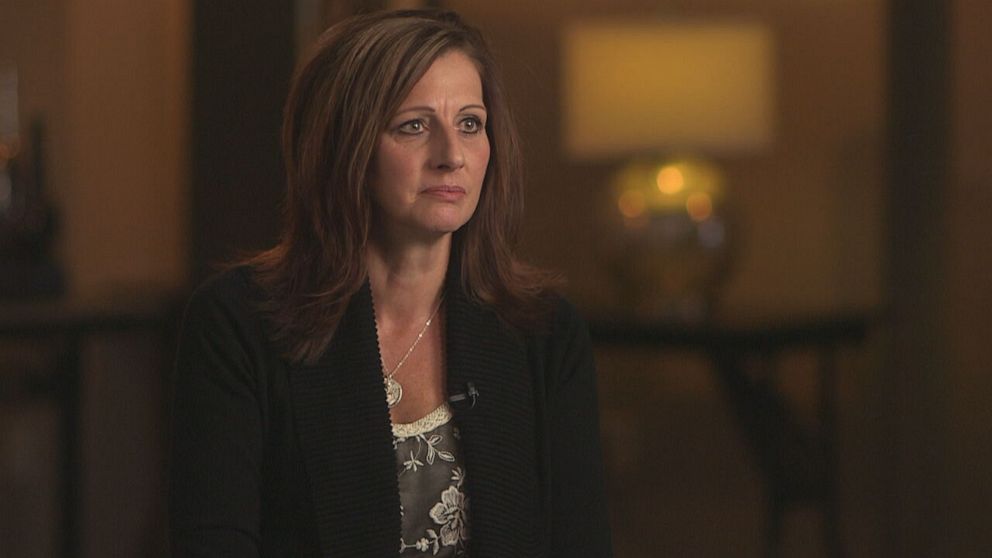
“I would like to have known what she finally settled on as a career, if she ever would've got married, had more kids, all those things,” Saxton said.
She said she feels some relief that Lucas “won't be out on the street to manipulate any more women.”
Saxton hopes that people remember Kelsie Schelling as “a little girl with a really big heart, a really big smile, a really big laugh, beautiful eyes, [and a] lover of animals, lover of children. Silly, she was so silly.”
“I miss being silly with her,” Saxton added. “I miss all the things that we didn't get to do together.”
